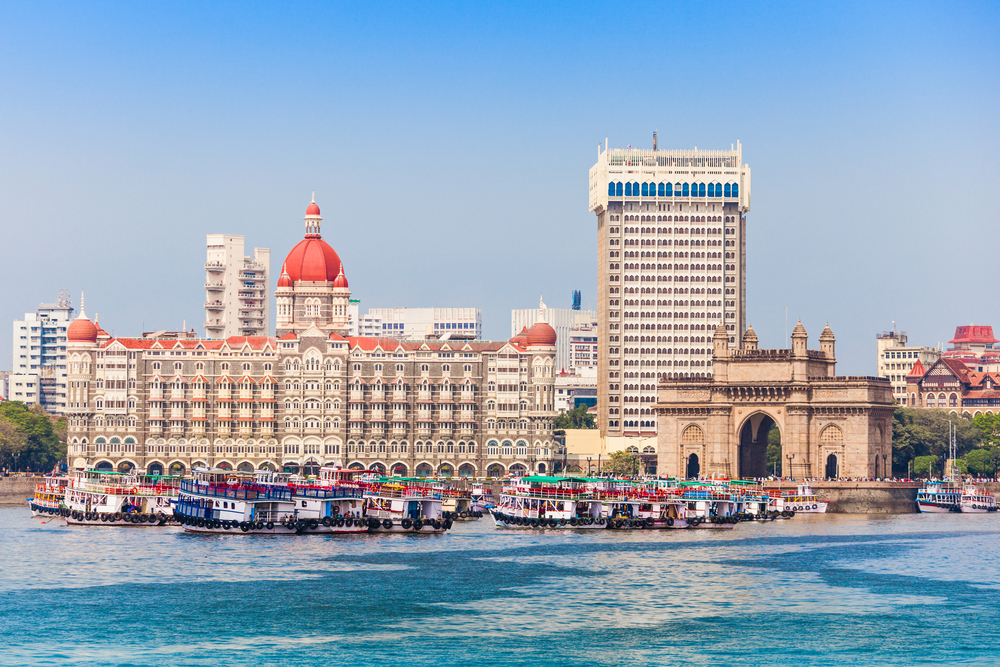Is India Getting in its Own Way and Hampering Growth?

Please note that we are not authorised to provide any investment advice. The content on this page is for information purposes only.
Despite historical misadventures with socialism and recent positive experiences with liberalisation, India continues to regularly fight the market. The most recent example is the Delhi government’s move to ban Uber’s surge pricing, a regulation that can only result in a net social loss.
Despite historical misadventures with socialism and recent positive experiences with liberalisation, India continues to regularly fight the market. The most recent example is the Delhi government’s move to ban Uber’s surge pricing, a regulation that can only result in a net social loss.
It will mean that cab drivers earn less money and those who need a taxi the most, and would thus be willing to pay the most for it, instead have to hope to get lucky. In the interests of both efficiency and equity, India needs to learn how to work with the market instead of against it.
For decades India has propped up dying industries and firms rather than allowing its most productive actors to expand and absorb the resources of their weaker competitors. As recently as 2014, the civil aviation ministry considered introducing both price floors and ceilings on airfares along certain domestic routes in a manner that would ‘ensure that no airline in future goes into losses’. The minimum price on routes was to be based on the least efficient firm still being able to turn a profit.
The stimulus for this unrealistic policy was that new entrants into the freshly deregulated airline industry were more efficient than their rivals and were thereby able to undercut their rates. Consumers were the biggest beneficiaries, and if incompetent airlines were allowed to go bust without this ending competition among remaining firms, the productivity of the industry as a whole would improve. Yet to protect a handful of jobs, the government considered heavy-handed intervention directly into the market.
This is a short-sighted approach. The capital and labour employed by firms that close is released into the economy to be utilised by firms that are more productive. The economy grows and people find new jobs.
The reason why this might not happen is if markets are rigid. This happens to be the case in India, where labour regulations discourage hiring and bad debts, arising out of lending by state banks to ailing industries, have locked up capital.
This self-reinforcing trap needs to be broken. Rather than more intervention to fix the damage of intervention, India instead needs to unwind its distortions and let the resulting market floodwaters lift all boats.
Using limited state funds to help struggling firms gets industrial policy backwards. Such firms can only ever shrink. Helping expanding firms is a sounder approach to job creation and growth. Here facilitation is the key, notably by getting government bureaucrats out of the way and providing infrastructure.
India unsurprisingly suffers from a shortfall in ports, roads and railways infrastructure because the money for such investments has historically gone instead to subsidies for moribund industries.
The damaging effect of India’s aversion to market forces continues in the realm of trade policy. Here the harm comes from protecting poor-performing domestic component manufacturers rather than supporting competitive downstream producers.
A salient example is import restrictions on man-made fibres (MMF). India has a competitive garment sector and the skills of its workers could attract large investment from international enterprises migrating out of an increasingly expensive China. However, global markets have shifted in recent years to demanding more MMF products, exactly what India struggles to produce because of market distortions.
Raw MMF materials are expensive in India because decades of subsidies to the cotton industry discouraged the emergence of an MMF industry. What MMF industry does exist is small-scale and inferior to global leaders. Indian MMFs are consequently expensive inputs to production, but firms located in India are forced to use them because of import restrictions.
These import restrictions include tariffs higher than those in Southeast Asia, as well as a 10 percent excise tax on MMFs and anti-dumping duties on foreign MMFs that can sometimes exceed 17 percent.
These policies are hindering the expansion of India’s competitive garment industry in order to protect a small and weak MMF industry that may never take off at all. India seems likely to miss new opportunities; World Bank modelling suggests that Southeast Asia is set to absorb most of the business migrating out of China. India must consider the wins and not just the losses of market activity.
India’s aversion to market inequities and its mercantilist mindset are understandable given its history of colonial exploitation and enormous poor population. However, India’s attempts to help those disadvantaged by market activity have also hurt them by holding up the nation’s economic growth.
India needs to move away from market intervention to pre- and post-market interventions instead. This would mean, for instance, a move away from price distorting policies like food subsidies towards cash transfers instead. Such policies correct the inequities of market outcomes without distorting the markets themselves.
Arguably, the best pre- and post-market intervention policies are those that actively help entities perform in markets without hampering those markets, such as education, health and transport spending — three areas that are all chronically underfunded in India. It is possible to improve social outcomes without dampening economic activity.
India needs to harness the market instead of fighting it is republished with permission from East Asia Forum




